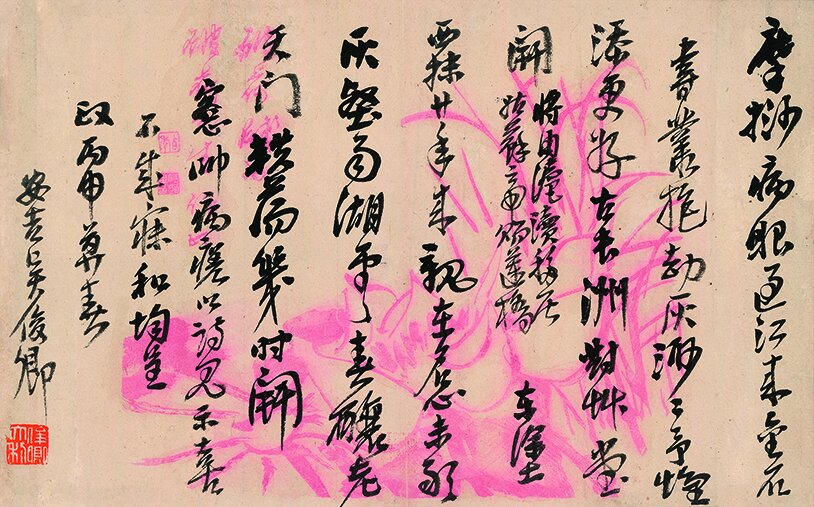Highlights

The Art of Mounting Calligraphy and Painting in the Court of Qianlong
The mounting of calligraphy and painting at the imperial courts of past dynasties often developed in line with emperors’ personal preferences and the courts’ creation and collection of calligraphy works and paintings. For example, during the Xuanhe period of the Northern Song dynasty (960–1127), Zhao Ji, the Huizong emperor (r. 1100–26), was addicted to calligraphy and painting art, being outstanding in these two fields himself.

Wang Tiande: Transforming Art by Collecting
Trained in Chinese painting and calligraphy at the Zhejiang Academy of Fine Arts (now China Academy of Art), Wang is well versed in classical aesthetics and literati idealism, but remains conscious not to let tradition limit his creativity.

Fascinating Characters: The Art of Writing and Text Cultures in East Asia
The significance and relevance of the art of writing compellingly lends this subject to the opening presentation in this gallery. Calligraphy is omnipresent in East Asia, where writing systems are crucial.

Bridging the Distance: Forging Connections with Islamic Art at the Walters Art Museum, Baltimore
In the new installation ‘Across Asia: Arts of Asia and the Islamic World’ at the Walters Art Museum in Baltimore, multimodal interpretation—from digital and analogue interactive elements to polyvocal didactics—serves to forge connections between the historical art on view and the 21st century museum visitor.
